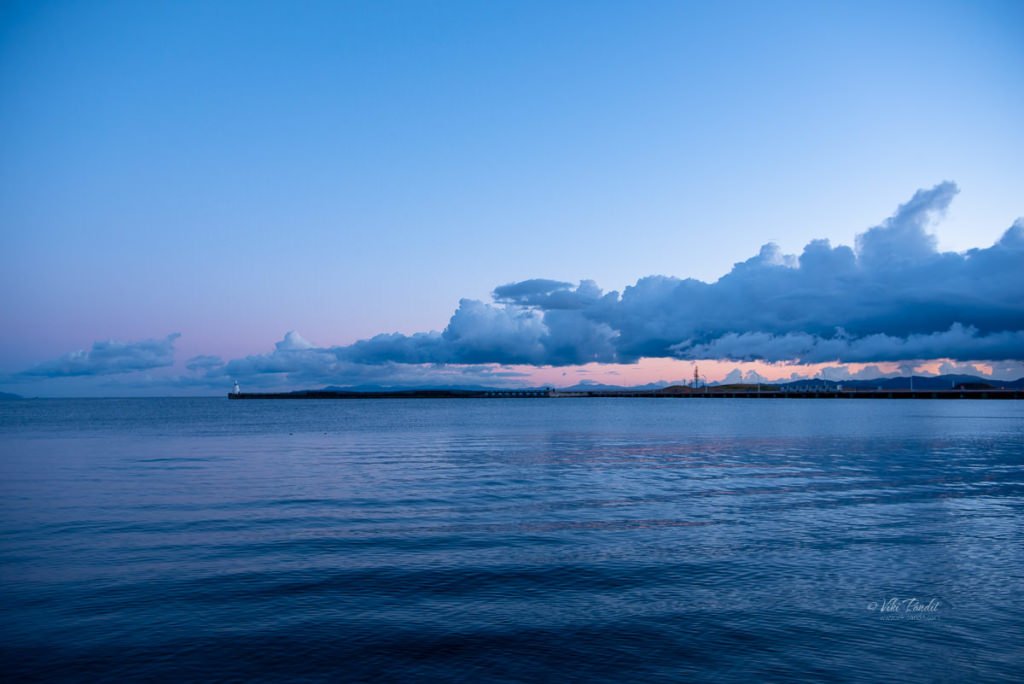
Aomori Bay
Aomori is mainly known for producing apples, and inevitably, the area offers all kinds of apple-based culinary delights: warm apple juice, apple mousse and apple pies to name just a few. But I love the refurbished port area, which now offers the opportunity for beautiful walks by the water.
